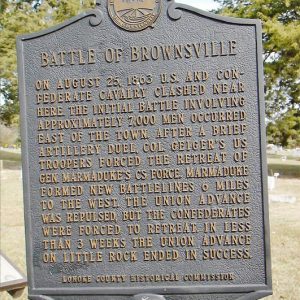 Brownsville Skirmish
Brownsville Skirmish
Entry Category: Military Science
 Brownsville Skirmish
Brownsville Skirmish
Brownsville to Arkansas Post, Expedition from
Brownsville to Cotton Plant, Expedition from
Brownsville to Fairview, Expedition from
Brownsville, Scout from (January 17–19, 1864)
Brownsville, Scout from (June 27–29, 1864)
Brownsville, Skirmish at (August 25, 1863)
Brownsville, Skirmish at (July 13–14, 1864)
 Edward Lyon Buchwalter
Edward Lyon Buchwalter
Buck Horn, Skirmish at
Buckskull, Skirmish at (November 20, 1864)
Buckskull, Skirmishes at (October 1 and 10, 1863)
Buffalo Mountains, Skirmish at
Buffalo River Expedition
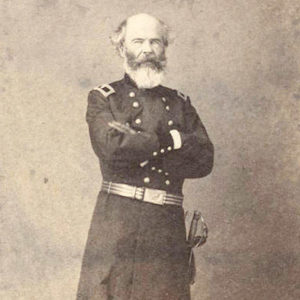 Napoleon Buford
Napoleon Buford
Buford, Napoleon Bonaparte
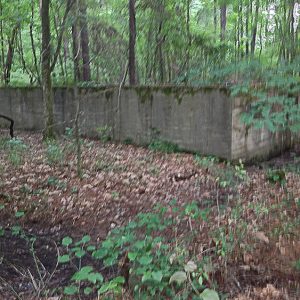 Building Foundation
Building Foundation
Bull Bayou, Skirmish at
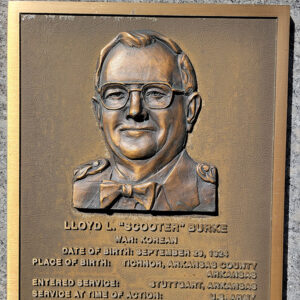 Lloyd L. Burke Plaque
Lloyd L. Burke Plaque
Burke, Lloyd Leslie “Scooter”
Burrowsville, Skirmish at
aka: Skirmish at Tomahawk
 Cyrus Bussey Death Notice
Cyrus Bussey Death Notice
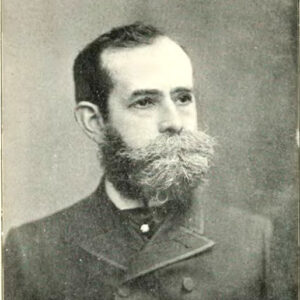 Cyrus Bussey
Cyrus Bussey
Bussey, Cyrus
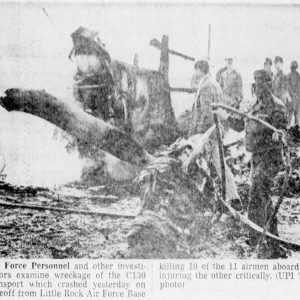 C-130 Crash
C-130 Crash
C-130 Crash of 1970
C-130 Crash of 1971
 C-130 over Little Rock
C-130 over Little Rock
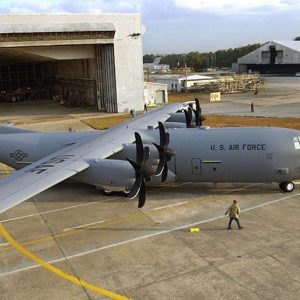 C-130J Hercules
C-130J Hercules
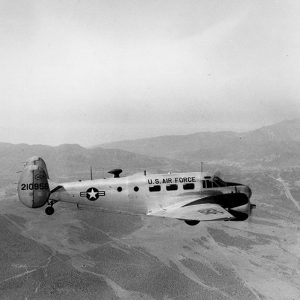 C-45 Expeditor
C-45 Expeditor
Cabell, William Lewis
Cache Bayou, Skirmish at
Cache River Bridge, Skirmish at
Caddo Mill, Skirmish at
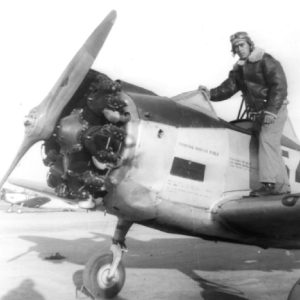 Cadet Pilot
Cadet Pilot
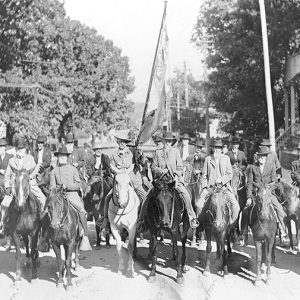 Camden Vets
Camden Vets
Camden Army Air Field
aka: Harrell Field
Camden Expedition
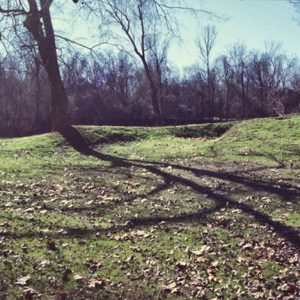 Camden Water Battery
Camden Water Battery
 Camden Water Battery
Camden Water Battery
Camden Water Battery
Camden, Skirmish at (April 15, 1864)
 Camouflage Scheme
Camouflage Scheme
Camp Hot Springs
Camp Jesse Turner
Camp Joseph T. Robinson
aka: Camp Pike
aka: Camp Robinson
Camp Lee
Camp Magnolia
Camp Monticello
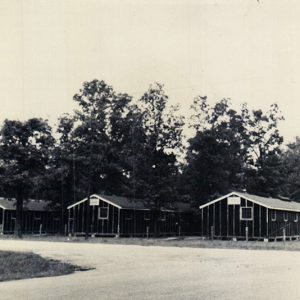 Camp Monticello Barracks
Camp Monticello Barracks




